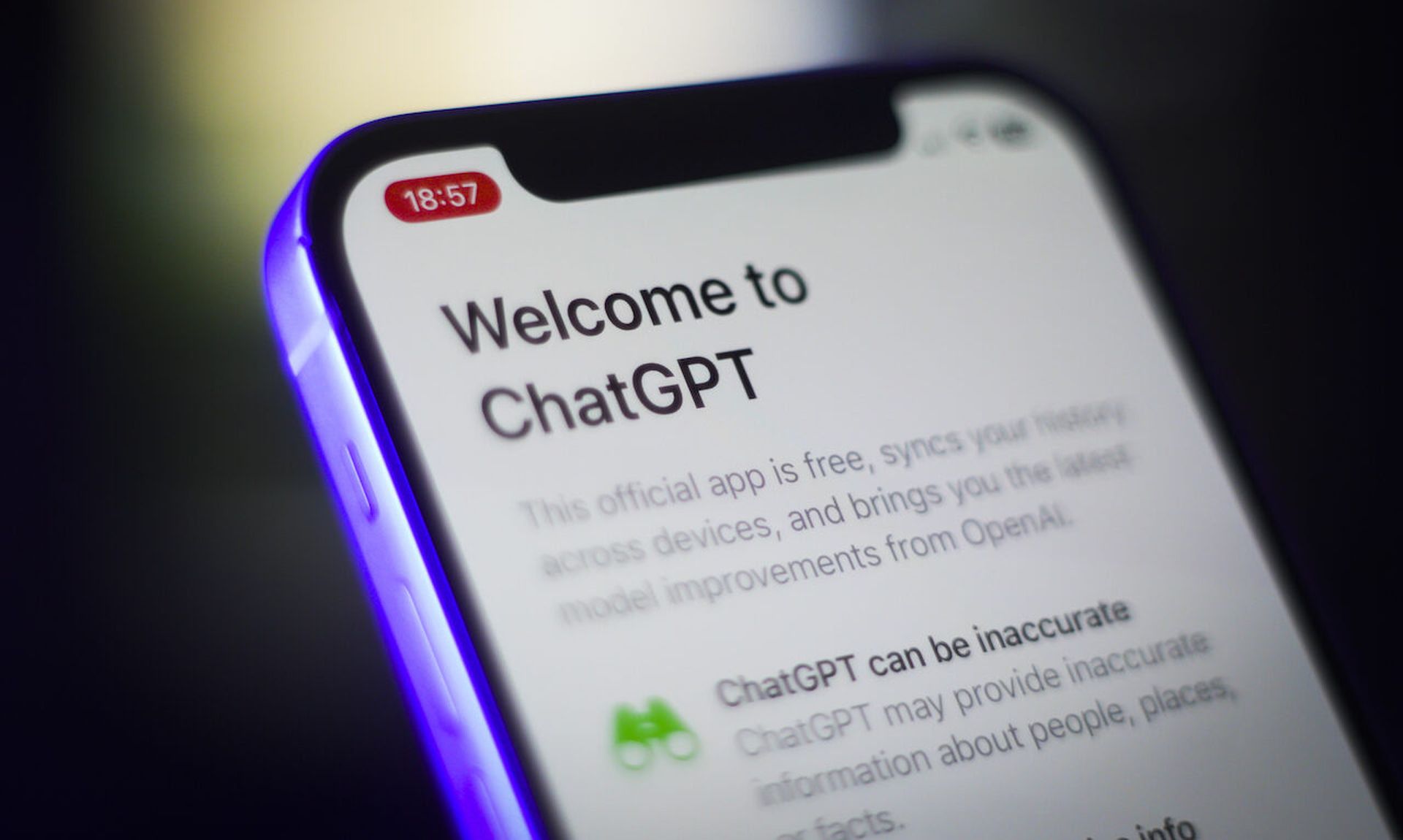ChatGPT has drawn the center of attention and will likely remain so for the near future. This large-language model created by OpenAI, which crossed a record-breaking 1 million users within a week of its launch, produces human-like responses to questions and statements by using both publicly-available information and data disclosed by the user.
While ChatGPT has become an exceptional platform for communication and sharing information, it’s crucial to acknowledge the accompanying security risks that demand careful consideration.
Before getting carried away and possibly disclosing sensitive information, organizations should examine these security risks and considerations associated with ChatGPT more closely:
Impersonation and manipulation: There’s a great potential for malicious actors to exploit ChatGPT for impersonation and manipulation purposes. This technology lets attackers create highly realistic fake identities they can use for nefarious purposes, such as phishing, dissemination of fake news and social engineering attacks.
For example, malicious actors can leverage the model to generate chatbots and content that emulate real individuals, making it challenging for others to differentiate between authentic and fake interactions. ChatGPT has even been known to simulate the behavior of visually impaired individuals to bypass CAPTCHA tests, demonstrating just how convincing its responses are. Attackers could leverage these characteristics against an organization's employees, posing a potential risk to their security.
Data disclosure: ChatGPT also poses data breach risks. This language model uses a large amount of data, including sensitive and confidential information, to enhance its responses. However, we must acknowledge that these breaches are not solely from external hackers. Negligent insiders, such as employees who fail to follow security standards, can also contribute to the risk by inadvertently leaking source code or other business information. If unauthorized individuals access this data, it could lead to various forms of malicious activities, such as financial fraud or identity theft. Furthermore, hackers might exploit vulnerabilities in ChatGPT's code to manipulate the model's responses or gain access to confidential information. A programming flaw in the platform recently caused the inadvertent exposure of personal and financial data. As ChatGPT's popularity continues to surge, putting further strain on its security protocols, we can anticipate similar instances of data leakage.
Accountability and legal repercussions: ChatGPT also raises concerns around its lack of transparency and accountability. Given that the model trains on a large volume of data, it’s often challenging to comprehend the underlying processes that produce its responses. This can also make it challenging to detect biases or ensure that the model does not get used to discriminate against specific individuals or groups. So because accountability presents a challenge it’s probable that ChatGPT could become the subject of legal disputes related to leaked source code or trade secrets in the future.
Where to begin with AI systems in the workplace
As artificial intelligence (AI) tools become increasingly prevalent in the workplace, they offer significant advantages, such as increased efficiency, improved accuracy and cost reduction. However, like any innovative technology, they also come with potential risks and challenges that companies should consider when assessing their employees' use of these tools.
Here are five important points to keep in mind when it comes to using ChatGPT:
- Training: Employees must have adequate training to use these new tools effectively. This should include technical training and also guidance on how to integrate it with other company policies and processes.
- Data privacy: Because AI tools require access to enormous amounts of data, including sensitive information, companies must ensure that employees understand how to handle such data securely and follow best practices for data privacy.
- Regulation and compliance: Depending on the industry and the type of data processed, companies may have to comply with legal requirements surrounding the use of AI tools. Therefore, companies must ensure their use of ChatGPT adheres to all applicable laws and regulations.
- Transparency: Make employees aware of how AI tools work and their use within the organization. Offer clear explanations on how the tools operate, what data they use and how the output gets used.
- Ethical considerations: The use of AI tools can have significant impacts on individuals and society. Companies need to consider the ethical implications of using these tools and ensure that they are used in a responsible manner.
While ChatGPT has the potential to revolutionize the world, it also poses significant security risks we cannot ignore. To ensure that ChatGPT gets used safely and responsibly, implement security protocols and raise awareness about the potential dangers of AI-based systems. By doing so, security teams can mitigate these risks and help safeguard against potential security breaches.
Mike Lyborg, chief information security officer, Swimlane




